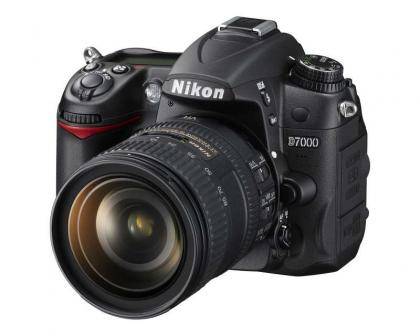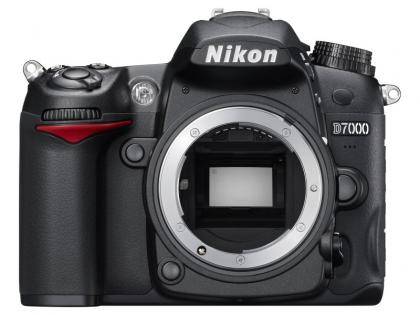The Nikon D90 was – and still is – one of our favourite SLRs, with sublime ergonomics and equally alluring photo quality. It was the first SLR to record video, but two years on, its 720p resolution and five-minute maximum recording time look old-fashioned.

We were looking forward to a successor, but the D7000 reviewed here is something of a surprise. It addresses the D90’s main weakness, recording video at 1080p in up to 20-minute bursts with full manual control. Other expected improvements include a move from 12 to 16 megapixels and an expanded ISO range, now at 100 to 25,600 equivalent. What we weren’t expecting was a magnesium alloy body, dual SDXC card slots, a 2,016-pixel metering sensor and 39-point autofocus. These improvements shift the D7000 into a different class to the D90, aligning it with semi-professional cameras such as the Canon 7D rather than the enthusiast-oriented 550D . The price reflects this shift, too; the D90 Kit is still available for around £800 but the D7000 costs £380 more.
The autofocus system is seriously sophisticated, even at this price. With 39 points, there’s little chance that the subject will fall between the gaps, and the centre nine points are cross type for improved accuracy. The 3D Tracking mode tracks moving subjects to keep them in focus – something that’s incredibly useful for continuous shooting. In practice, autofocus was extremely accurate but the kit lens’s focus motor sometimes struggled to keep up with fast-moving subjects.

The D7000 inherits some excellent features from the D90. The viewfinder is significantly bigger than on more modestly priced SLRs, which makes manual focus much easier and is generally far more pleasant to use. Dual command dials give direct access to exposure settings. When used in conjunction with various buttons dotted around the camera, the dials control white balance, JPEG quality, exposure compensation, AE bracketing, flash mode, metering mode and focus options. There’s also a dial to select the drive mode – a new feature over the D90. The passive LCD screen on the top of the camera means that the main 3in, 921,000-pixel LCD screen can just get on with image review duties, and there’s rarely any need to visit the menus during normal operation.